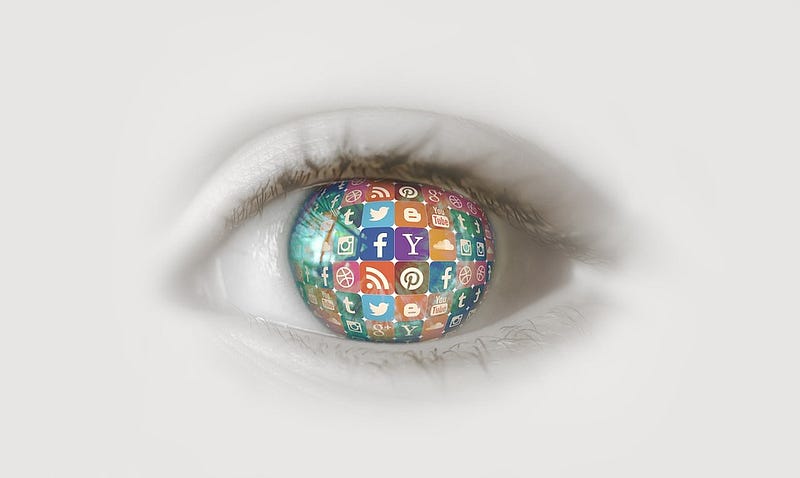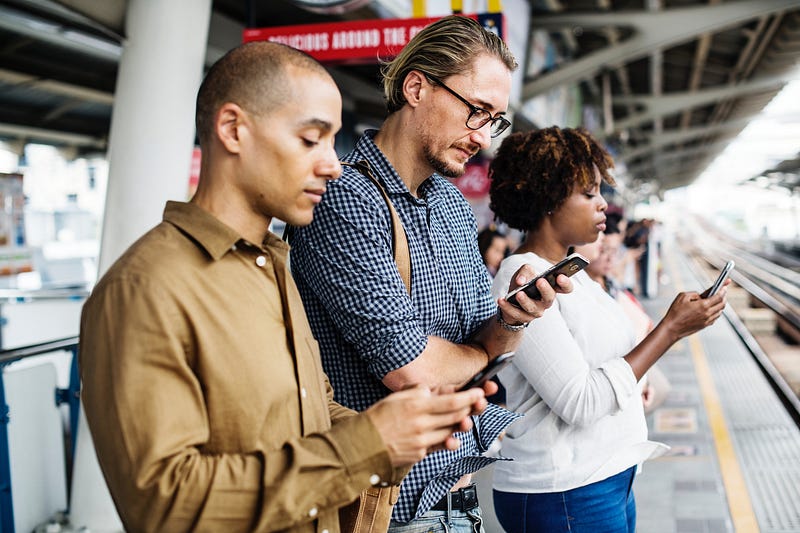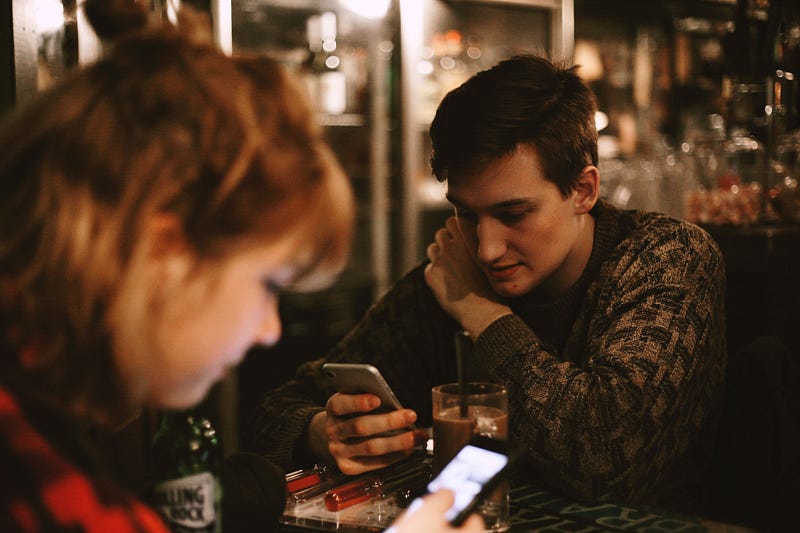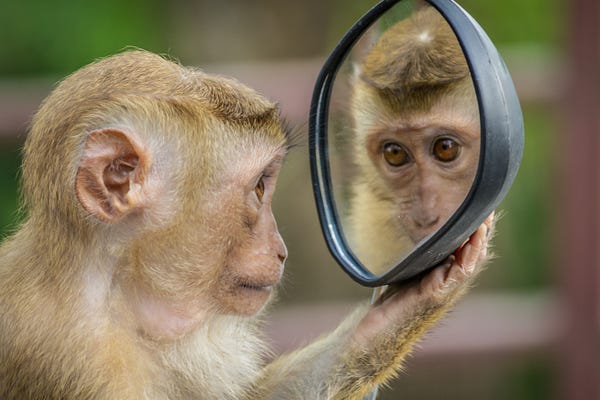
Exactly a week ago the United Nations Environment Assembly launched the “UN Alliance for Sustainable Fashion” in Nairobi, Kenya. Its goals are to end the environmental and socially destructive aspects of the fashion industry at large. This new alliance welcomes other organizations to collaborate for the cause. For example, UN Environment is pushing for governments to adopt and maintain sustainable manufacturing practices. The International Trade Centre plans to promote fashion artisans from the developing world. The Food and Agricultural Organization plans to facilitate the use of sustainable oceanic materials for fashion, which they call “Blue Fashion.” Many big fashion companies have signed on, pledging to make changes in the coming decades.
A Destructive Industry
The fashion industry is responsible for ongoing negative impacts upon the environment and quality of life for people. The fashion industry:
- Uses about 20% of the world’s water, and releases about 500,000 tons of synthetic microfiber pollution into the ocean every year. In addition, those who buy and wash synthetic fabrics (everyone), release significant amounts of synthetic microfiber pollution into waterways around the world.
- The general quality of mainstream clothing is poor and synthetic. People now buy 60% more clothing than in 2004, and all of that lasts half as long.
- 8–10% of all global carbon emissions are from the clothing industry.
- The clothing industry’s crops account for 24% of all insecticides used, and 11% of all pesticides used.
- Hundreds of billions of dollars in clothing are wasted each year by the fashion industry due to an absence of recycling, and never-used-waste that goes to the landfill.
(Source: UN Environment Press Release, March 14, 2019)
The Fashion Industry’s Dark Side
In addition to the statistical information, the fashion industry has yet to invest seriously in hemp, organic cotton, and linen in a way that is inclusive and affordable for the average person. It is the choice of the industry so far to lean heavily on synthetic fibers in order to cheaply produce clothing and fabrics for the mainstream. This leads to huge amounts of destructive waste and pollution.
The dark side of fashion has always included animal cruelty, outsourced slave labor and child labor, trends that are wasteful and encourage reckless waste, objectification of the female body, and elitist glamour that saturates ads that prey on youth — who are especially vulnerable to eating disorders and body dysmorphia.
The fashion industry is not just high fashion, trends, niches, and the runway — it is also chain stores that overstock cheap garments of little quality and short life, lingerie, and athletic wear. And it is forever linked with the beauty industry (which is saturated with these issues as well). The fashion/clothing industry is much like the major corporations that continue to manufacture single-use plastics daily — they are responsible for ongoing reckless waste that is polluting and suffocating so much of the planet.
A Movement For Positive Change
Initiatives like the UN Alliance for Sustainable Fashion can hold the fashion industry accountable in ways that inspire many to turn things around for the better. The fashion industry, like the rest of the world’s wasteful, toxic systems, must make never-before-seen levels of radical change, which turn exploitation, destruction, and abuses into healthy, ethical, empowering, and sustainable practices and promotions.
While the UN Alliance for Sustainable Fashion is tackling the issue of plastics related to fashion, it is unclear if the change will be made quickly enough to save our ocean and resources from the damage that has built up, and that continues daily.
New Options In The Search For Sustainable Fashion
Emma Watson, a champion for gender equality and LGBTQ rights, is also using her positive influence to recommend a sustainability-driven fashion operative called, “Good On You.”
“I support Good On You because I need to know my clothes do not harm our precious planet or its people.”
~ Emma Watson
Good On You provides many helpful explanations on materials, concerns, resources, and reviews on their website, as well as an app and presence on social media. Good On You rates clothing lines according to the sustainability categories that they most value, which include: impact on workers, resource use, energy use, carbon use, impacts on water, chemical use and disposal; animal welfare, leadership on issues, and standards like Fair Trade. They avoid brands that greenwash and lack transparency. They give a rating of “Not good enough” for brands that don’t provide enough transparency. The “It’s a start” rating denotes that the brand is making progress. And the other ratings are “Good” and “Great.”
Fashion Revolution is a UK based inclusive global movement for ethical action and change in the fashion industry. They call themselves “pro-fashion protestors” because they see fashion as positive, and yet want it to become truly sustainable and ethical.
We love fashion. But we don’t want our clothes to exploit people or destroy our planet. We demand radical, revolutionary change.
~ part of Fashion Revolution’s Manifesto
This organization appeals to all people in general, brands, retailers, producers, students, and educators to get involved. They have global representation, networking, regional articles, and an action center.
The Good Trade is an online guide to ethical and sustainable choices, some of which take budget into account for: fashion, beauty, wellness, home, travel, food, and lifestyle. The website style is very much like a magazine, with ongoing feature articles in the different genres of topics. The shopping guide for fashion does identify many brands that are organic, sustainable, and “affordable.” Affordable is in quotes due to the relativity of that particular word, especially in articles featuring fast and new fashion.
Between Affordability And Sustainability
Platforms like The Good Trade are helpful in some ways, but none like it seem to really address the plight of most people, which is that wages are not matching the demands of inflation and cost of living — leaving a lot of the organic, sustainable, ethical options out of reach, no matter how “affordable” fashion folks deem certain brands.
For example, a similar platform, EcoCult, published an article, “The 18 Most Affordable Places to Buy Sustainable, Eco-Friendly, and Ethical Fashion.” I would recommend reading all the comments made in response to this article, as they highlight the realities, and the varying ideas on where the ethical line is drawn between supporting large businesses making an effort (with some greenwashing going on) and real, accessible, ethical choices.
What is ultimately highlighted or felt in well-meaning, even helpful articles like this is the dissonance present in our culture due to systemic dysfunction, corruption, privilege, and disparate levels of financial means.
The comments reveals two key things. One, the “affordable” options are not affordable for many. Two, recommending companies that greenwash can and does erode the trust of readers — especially when they are already accepting sponsored products on the author’s transparent ethical stance. Of course, the advice given for those who cannot afford the “affordable” is the only advice that can be given: shop secondhand — thrift your way to lasting, ethical fashion.
Secondhand clothing is, indeed, one of the big answers, yes. And so is: buying less and divesting from new fashion entirely. Or choosing to invest in new clothing only when you can source it ethically and sustainably, which may be through local/regional people, rather than from companies.
From Corporate Alliances To Grassroots Action
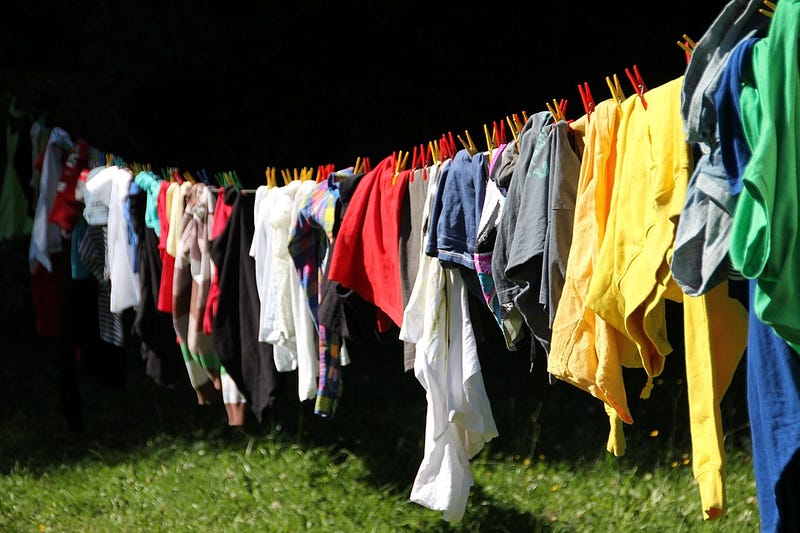
The big industries need to be held accountable with restrictions and taxes made into law that enforce the changes needed. All of the different organizations and movements in the world pushing for ethical, sustainable fashion address the needed change on different levels, with many different ways of putting it into action.
In regards to fashion, for those of us who are directors and designers of our own sustainable and ethical lifestyle changes, the ongoing values that inform actions revolve around: reducing and eliminating waste, buying less, buying thrift/secondhand, no more buying, trading and fixing, mending or transforming what is wearing out. And, avoiding synthetic fabrics whenever possible.
We can’t afford fast fashion. We can’t afford ethical fashion, for that matter, until wages are updated with inflation. In regards to our future on this planet, life can’t afford for us to keep buying and wasting.
~ C.S. Sherin, author of Recipe For A Green Life
Secondhand Clothing options run the gamut from little shops to big operations — local, regional, and online — that provide truly affordable clothing. My Wardrobe HQ is an example of an online buying, selling, and renting operation for clothing. Money earned is used to buy or rent fashion on the site. The site requires participants to do their own shipping, packaging, and printing of labels. This includes use of single-use plastics and paper.
Brick and mortar outfits may provide a more sustainable option in light of packaging and shipping related to online operations. Yet, many secondhand operations may or may not be making strides in how they run the business. Secondhand operations may or many not choose to depend on the use of: stickers, single-use plastic tags, hangers, bags, chemical air fresheners, and other single-use items related to clothing protection, purchase, and storage.
In many areas where a large city is nearby, there are often various shops that provide secondhand clothing in the niches of vintage, brand name and high fashion, in addition to the regular and mainstream options. In some areas, there are also shops with some options for locally or regionally handmade clothing. And why not combine the two?
A creative and talented thrift shopper may find secondhand clothing that doesn’t quite fit, but has an idea for it, and knows how to sew and create new clothing from what is salvaged at rummage sales and the like. Or, a creative and resourceful thrifter can obtain the salvage items of clothing and enlist a local tailor or seamstress to fix and recreate items for them. This is another level of thrift that incorporates re-purposing and upcycling.
Stop Buying Clothes
Clothing exchange groups are a part of the natural solution to the excess and need present. Free exchanges of clothing provides the opportunity to reuse, re-purpose, and help one another — without a price tag always being attached.
Pop-up shops and secondhand clothing shops can provide events where people can trade clothing items using the one-for-one policy. This seems a most exciting new movement for the general population. Fairness in what is traded, and proposed value for an object is erased in favor of need and demand. Value of one-for-one is straightforward and no-nonsense. Perhaps more detailed or other approaches are successful as well, like: a dress for a dress, a shirt for a shirt. That policy would be the like-for-like policy. There are many options for sharing, trading, and renting, and they are not limited to casual or practical fashion.
Rent and Swap sites are another way to satisfy fashion hunger without buying. Online sites like Rent The Runway and Style Lend facilitate the renting of high-end, exclusive clothing. Rent The Runway works on a two tiered monthly membership fee of $69 or $80 per month trial offer ($89 or $159 per month after trial), that can be cancelled at any time. This is not affordable for everybody, but it does fit a need and reduces waste and buying. Style Lend is similar in approach to My Wardrobe HQ. To be clear, since they are not — “lending,” in this context, means renting. There is no lending going on in — in the sense of a friend lending a friend an article of clothing — free. That would instead be in the category of the previous paragraph, clothing exchange groups. So yeah, none of the Rent and Swap sites are actually swapping or lending for free.
The Rent and Swap is a solution for those who have the budget, and only wear items a few times for events and special occasions or due to lifestyle and/or profession-based demands. These platforms eliminate buying, while allowing the joy of fashion to be spread, as well as a secondhand profit from it that keeps investing in rented items. With this option, the concern of shipping materials and emissions remain an issue to weigh and consider carefully. Local or regional brick and mortar rent and swap sites would be a better choice, when available.
Overall, we need all the solutions in order to address the many layers of challenges and problems within the realm of fashion, for the industry at large, and for all people — in all the situations we find ourselves in. What we don’t need anymore is ongoing inaction, greenwashing, destructive waste and pollution, and a terrible lack of enforced accountability.
*Originally published at my old blog for Recipe For A Green Life, on March 21, 2019.
